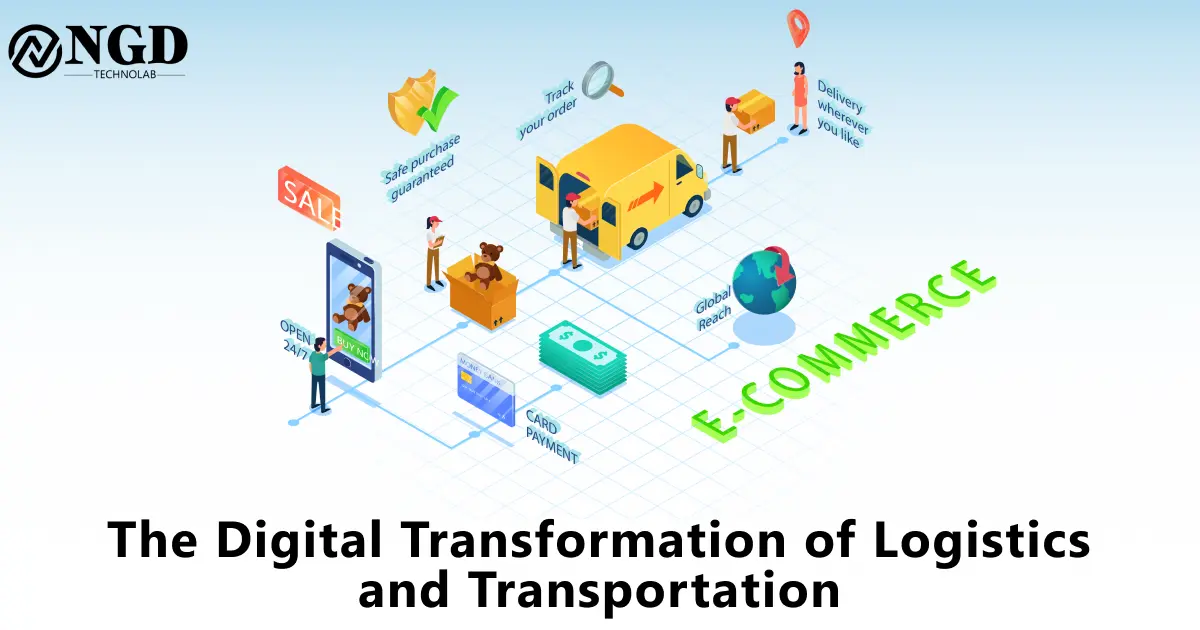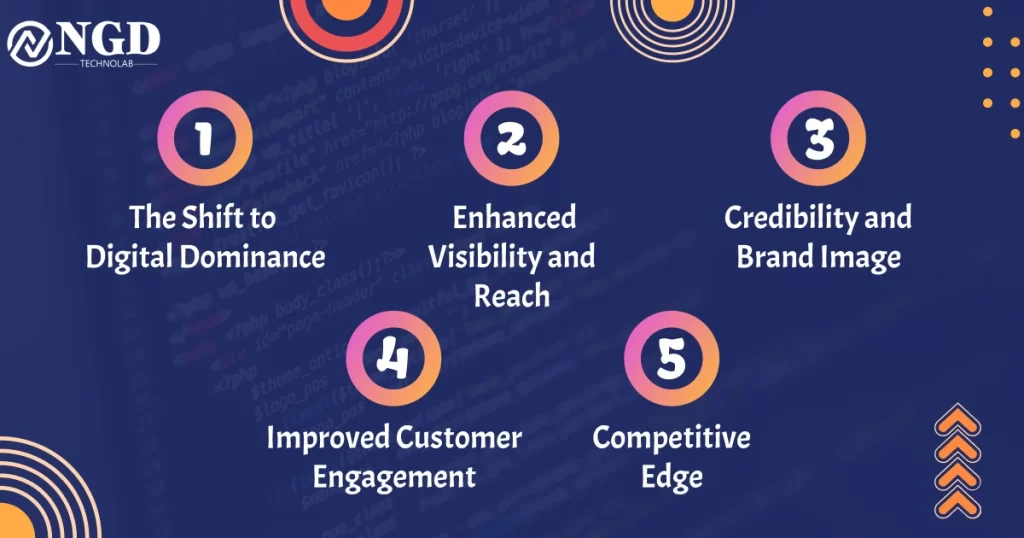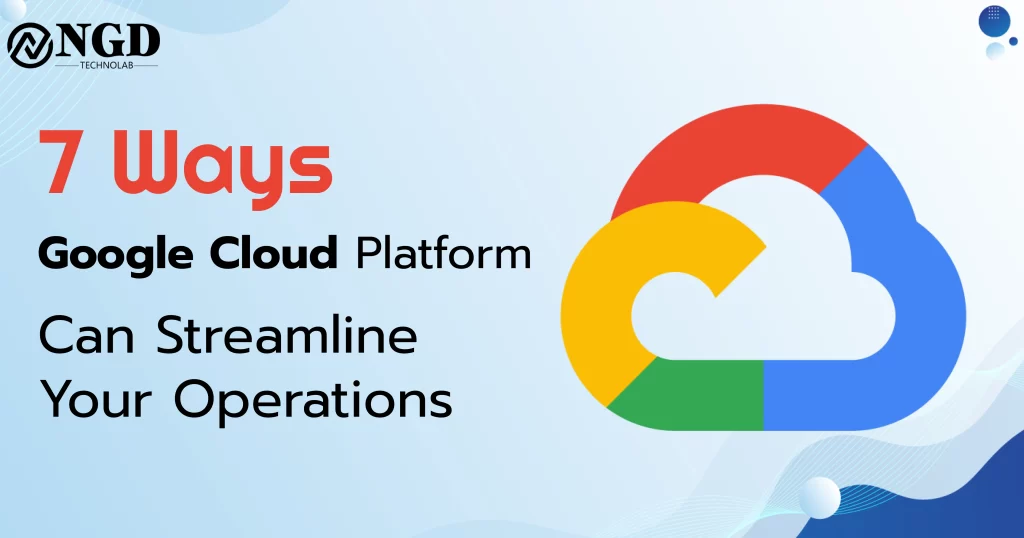The Digital Transformation of Logistics and Transportation
-
 Prashant Padmani
Prashant Padmani

The world of logistics and transportation is on the verge of big digital change. As we look into the complex networks of supply chains and travel routes, technology is changing how we move things around and handle resources. This blog explores how technology and logistics work together, showing the cool ways they’re making the industry more efficient and eco-friendly. Join us in uncovering the exciting innovations that are steering the field towards a fresh era of smart and sustainable practices.
In the vast expanse of logistics and transportation, technology acts as the compass, guiding the industry toward increased efficiency and innovation. From the integration of Artificial Intelligence (AI) to the Internet of Things (IoT) reshaping the transportation landscape, each facet contributes to a more streamlined and responsive supply chain.
Navigating the Digital Highway
The digital transformation of logistics starts with reimagining traditional routes and adopting smart technologies. GPS tracking, route optimization algorithms, and real-time monitoring redefine how goods move from point A to B. Embracing this digital highway ensures quicker deliveries, reduced fuel consumption, and a more agile response to unforeseen challenges.
The Role of Artificial Intelligence in Logistics
AI emerges as logistical brainpower, analyzing vast datasets to optimize routes, predict maintenance needs, and enhance demand forecast. This intelligent decision-making not only improves operational efficiency but also minimizes costs, a crucial factor in an industry where margins are often tight.
IoT Revolutionizing Transportation Management
The IoT revolutionizes transportation management by connecting vehicles, containers, and warehouses. Smart sensors provide real-time insights into the condition of goods, enabling proactive maintenance and minimizing losses. The result? A more connected and responsive logistics ecosystem.
Blockchain: A Game-Changer for Supply Chain Transparency
Blockchain disrupts the conventional supply chain by introducing transparency and traceability. From manufacturer to consumer, every transaction is securely recorded, mitigating risks of fraud and ensuring the authenticity of products. The decentralized nature of blockchain enhances trust across the supply chain.
Automation and Robotics in Warehousing
Warehousing undergoes a metamorphosis with the integration of automation and robotics. Automated sorting systems, robotic pickers, and autonomous forklifts enhance speed and accuracy, reducing manual errors and optimizing storage space.
Big Data Analytics Drive Smart Decision-Making
Big Data analytics emerge as the driving force behind informed decision-making. By crunching vast amounts of data, businesses gain insights into consumer behavior, market trends, and operational inefficiencies, allowing for strategic adjustments that align with evolving demands.
Sustainable Practices in Logistics
In the era of environmental consciousness, sustainability takes center stage. Electric vehicles, eco-friendly packaging, and energy-efficient practices contribute to greener logistics, meeting the growing demand for eco-conscious supply chain solutions.
Challenges and Solutions in Digital Transformation
While digital transformation brings numerous benefits, it also poses challenges such as cybersecurity threats, the need for upskilling the workforce, and integration complexities. Addressing these challenges head-on is crucial to ensuring a seamless transition to a digitally empowered logistics landscape.
The Future Landscape of Logistics and Transportation
The journey doesn’t end here. The future promises further integration of emerging technologies, such as 5G connectivity, autonomous vehicles, and predictive analytics. The digital transformation of logistics is an ongoing narrative, with each chapter unveiling new possibilities and reshaping the industry’s destiny.
Conclusion
In closing, the digital transformation of logistics and transportation is not a destination but a continuous journey of evolution. Embracing technology is not just an option; it’s a necessity for survival and growth. As the industry adapts to the digital era, the synergy between human expertise and technological prowess becomes the cornerstone of success.
Frequently Asked Questions
AI analyzes historical data, traffic patterns, and real-time information to optimize routes, ensuring efficient and timely deliveries.
Blockchain securely records every transaction, creating an immutable and transparent ledger that enhances traceability and authenticity across the supply chain.
Robotics automate tasks such as sorting, picking, and packing in warehouses, improving efficiency, reducing errors, and optimizing storage space.
Challenges include cybersecurity threats, the need for upskilling the workforce, and integration complexities that require strategic solutions.
The future entails further integration of technologies like 5G connectivity, autonomous vehicles, and predictive analytics, shaping a more advanced and responsive logistics landscape.
Get Free consultation and let us know about your custom web and Mobile App project idea

Over 13+ years of work experience, we have built 210+ web and mobile apps
We can help you with
- Dedicated Developer
- delivering high-quality development
- Custom Mobile App Development
- Innovative Solution For Startups and Enterprise
Get Free consultation and let us know about your custom web and Mobile App project idea

Over 10 years of work experience, we have built 210+ web and mobile apps
We can help you with
- Dedicated Developer
- delivering high-quality development
- Custom Mobile App Development
- Innovative Solution For Startups and Enterprise
Latest Blogs
Explore the Latest Blogs on Trends and Technology.





